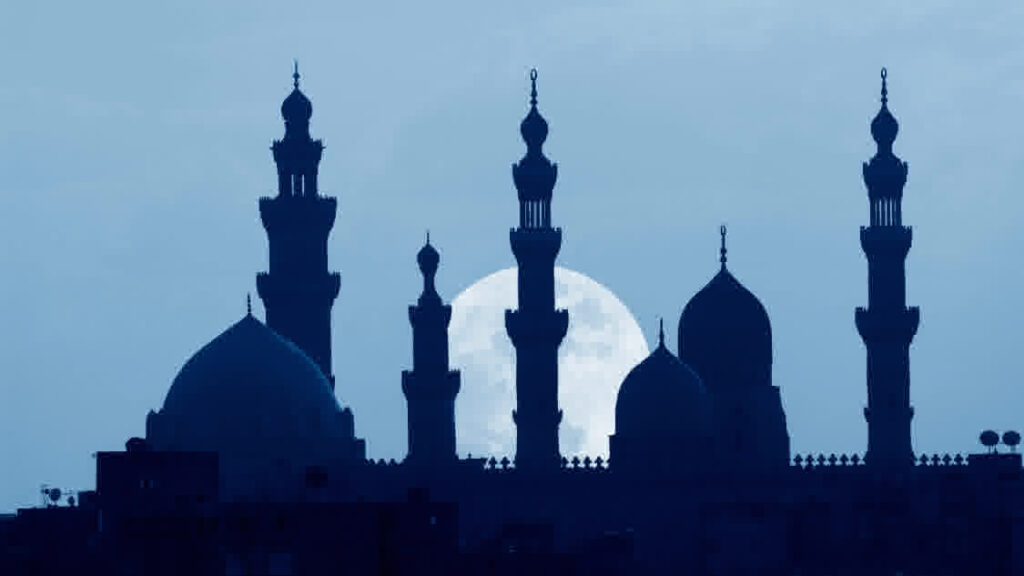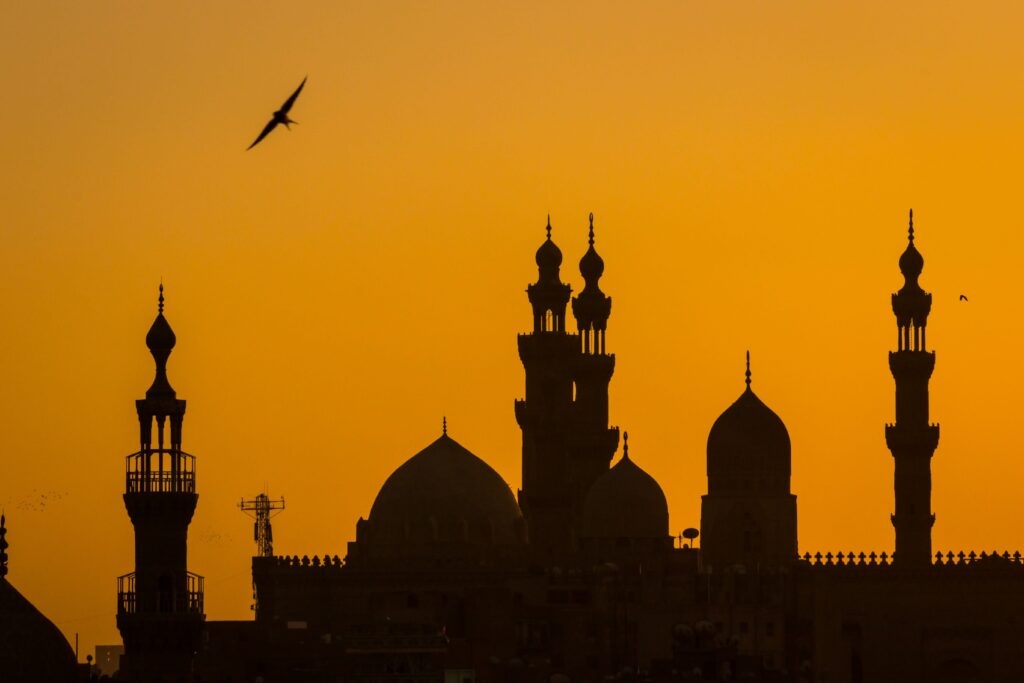EGYPT IS BUILDING A NEW CAPITAL DISTRICT

Why does Egypt build a new capital district, and is this a good thing for their economy?
Why was a new Egyptian capital needed?
The explanation of this $40 billion project’s necessity is the simplest part of the whole thing, more space for an ever-growing population.
For the past decade, the country and its facilities had been at the mercy of a rapid average annual population growth of around 1.5 million people. The majority of these numbers are more densely spread across the upper part of the country and the immediate vicinity of the Nile. In 2020 the population exceeded 100 million and it wouldn’t be unreasonable to expect potential numbers of 128 million to be reached by 2030.
In short, the increasingly crowded metropolis capital and its infrastructure will not be suitable for the number of millions of people predicted for 2030.
Other new cities had been built over the last 50 years, with 22 new ones being erected between 1977 and 2000. Although these are still being developed and standards are being kept to this day, it had unfortunately been found that these cities weren’t the answer to the problem. Therefore the cities were not completely fit for purpose with the number of people that had relocated to these places at the time were far below expected projections.
With confidence in the ‘suitability to needs’ of this build, it is planned to be able to accommodate SIX AND A HALF MILLION PEOPLE!
So, what will it look like?
Multiple themed districts, powered by a gargantuan solar park. Lampposts that emit WiFi signals for the inhabitants to use at will, as well as a modernized railway connecting the new build and its airport to Cairo.
All this already seems spectacular but there’s more, keeping in line with generally accepted ecological standards ‘The Green River’ – a public park placed in the city’s centre – is set to cover the equivalent of six Central Parks. In juxtaposition with this, the Business District is to break world records with its largest building reaching 1km high, add this to the 20 planned skyscrapers and that truly is an imposing image to imagine.
More about the new city itself:
The building of this new, more administrative capital started in the Sahara desert back in 2015, shortly after being first announced on March 23th of that year – the construction had been placed 45 Kilometers (25 miles) from Cairo, the already existing capital city.
As far as what can be found, no name has yet been given, nor applied for and because of this, it has been commonly referred to as ‘The New Administrative Capital’.
The first true stage of completion was set for the first part of November ’21, which meant it was ready for its first 2.5million inhabitants – a massive undertaking.
In the following month, after more preparations were made, government offices, ministries and embassies began their change of location from Cairo and so began the true legacy of this newfound administration capital.
Both Egypt’s largest mosque and its largest Christian church are already standing, as is the new presidential palace – this building alone surpasses the size of the United States‘ White House, eightfold.
So, will the build be a help or hindrance to the Egyptian Economy?
It is hard to say good or bad exactly as anything said now would be nothing but a vague prediction.
Let’s look at some key points and you can decide for yourself.
As we previously mentioned, ministries and officials are now well underway with the move over to the new city and all governmental duties will now be directed from the capital.
On top of this, from what we know, we can say that construction brings multiple topics to the surface:
The Army’s key role, the elite’s separation, how important the relationship with China is, as well as the new statehood;
- Continued population growth will be greatly boosted as none of the 6.5Million places will be offered to the poorer of the community and Cairo’s overcrowding will be much less with the more affluent making the move over.
- Administrative Capital for Urban Development – an Egyptian military-owned company is overseeing the entire project. Guardianship of the economy and the country as a whole, not just the borders, has always been a part of the military’s calling.
- External relations have been exercised, using credit from China to boost available funding. As well as the fact that the implementation of plans is being shared with the China State Construction Engineering Corporation
- The size of the buildings in the New Administrative Capital, inspired by ancient Egyptian architecture, makes the new settlement a symbol of power, meaning the historic capital, Cairo, will become more of a tourist attraction, filled with the poorer side of the locals.
Is the population issue a regional theme? A look outside this Egyptian city.
In Africa and the Middle East, the design or construction of futuristic cities began in several places. In 2017, Saudi Arabia announced a plan for an ultra-modern line-city in the desert called Neom, where there will be no roads and cars, artificial intelligence will run the infrastructure of the ecologically fully sustainable city. Similarly, Senegal (Diamniadio), Nigeria (Eko Atlantic) and Kenya (Konza Technopolis) are planning new metropolises.
This seems strangely megalomaniacal in a region where the average annual GDP growth per capita has been just over 1.5 per cent over the last thirty years. However, as populous grows, by more than 80 per cent in North Africa and the Middle East – from 254 million to 465 million, the result of 30 years in the region is 200 million more people and two and a half times as many economies – there is a basis for seemingly incredible plans, there is something, and some people, to build cities for.
So what do you think of the Egyptians’ Administrative Capital? Do its projected uses make it vastly better than the other new structures put up before it? Or will it once again leave the locals scratching their heads for more solutions to the population crisis? And what about the regional outlook?

Read more articles from Us

